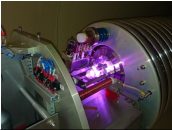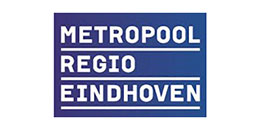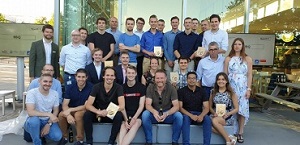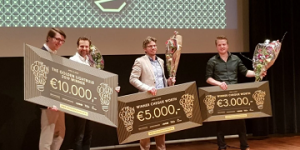Our focus
The core of Ratio methods
The number of dependencies between requirements, functions, components, and design parameters is growing exponentially in modern systems. At Ratio we offer services and tools to assist system engineers in getting a firm grip on this network of multi-disciplinary dependencies. Thereby, reducing costly and lengthy delays due to integration issues.
The methods and tools are all about finding, specifying, visualizing and analyzing dependencies using a model-bases system engineering approach. We, for example, offer a special language for writing system specifications from which system architecture models are automatically derived. As such, one starts building a model of the system from the momement one is creating a system specification. The resulting model serves as a structured anchor point for the rest of the design process.
Step 1: describe your systems with the Elephant Specification Language.
Step 2: automatically derive and visualize the system architecture.
Step 3: analyze the system architecture with clustering and sequencing algorithms.
Step 4: improve the system architecture and repeat steps one to four.










